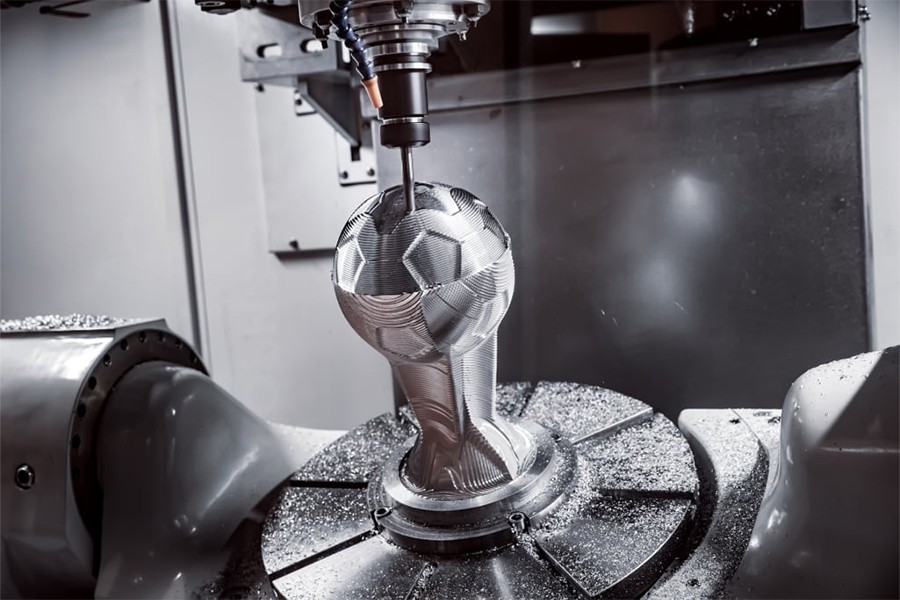Milling
Many operations such as surface scanning, hole drilling, centering, tapping, reaming, grooving, pocket emptying and precision hole drilling are performed in CNC milling machines. The choice of cutting tool used in the application of these processes affects the production seriously. The choice of cutting tool used varies according to the type of material. In today's article, I will tell you about end mills, scanning milling cutters, drills, reamers and guides.
1. End Mills
End mills, called “End Milling Cutter” in English, are tools that have 2 or more cutting edges that can remove chips both on the forehead and on their side surfaces and are frequently used in manufacturing. It can be manufactured from high speed steels (HSS (HIGH SPEED STEELS)) as well as from hard metals. In addition, it is preferred in the production of hard metal type end mills with insert inserts.
End mills according to the place of use; It is manufactured as flat, conical, spherical and curved ends. In addition, the helix angle and the number of cutting edges may vary.
Tungstencarbide (WC) end mills are long-lasting and cost-effective tools compared to HSS end mills. Because of their high cost, instead of tunstencarbide milling cutters, there are tools and holders that can remove chips in different geometries and for different purposes, the ends of which can be screwed.
2. Scanning Milling Cutters
In the industry, there are scanning heads used in various nozzles that can vary according to the product form. The tips of the scanning heads used in Universal and CNC Milling machines, which have different numbers and different angles according to the tool design, perform the cutting process thanks to the cutting inserts known in the market as diamonds. Scanning milling cutters are generally used for machining large surfaces and shallow part surfaces.



